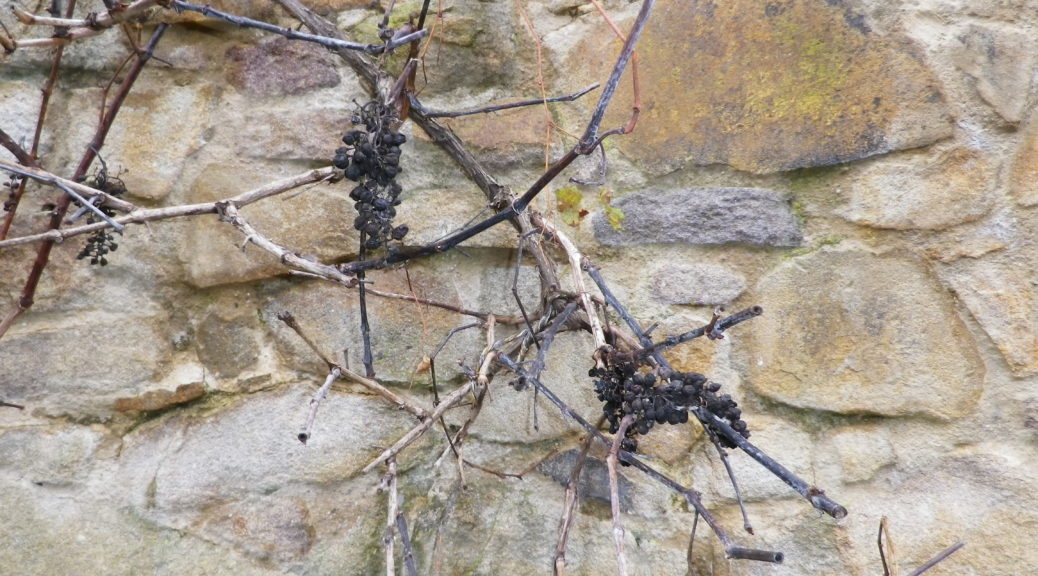What I Learned
In 998 Emperor Otto III gave vineyards to Memleben Abbey, thus providing the first historic evidence we have of vineyards along the Saale and Unstrut.
The Saale-Unstrut winegrowing region covers some 770 hectares. The landscape is characterized by hills of shell limestone and variegated sandstone soils, often terraced, contained by centuries-old dry-stone walls.
Sited on the 51st degree of latitude, it is the northernmost designated quality wine region in Germany. The Saale Unstrut region extends over three German states: Saxony-Anhalt (639 hectares), Thuringia (108 hectares), and a real northern outlier in Brandenburg (by Potsdam) (8.4 hectares). Overall, the wine region receives about 1600 hours of sunshine, more than Trier in the Moselle wine region but less than Freiburg, in the southern Baden wine region in the Rhine River Valley. It gets about 500 milliliters of rainfall a year.
With over 50 grape varieties, the Saale-Unstrut wine region offers a wide variety of wines. Many of the grape varietals, both red and white, are known to do well in colder, wetter climates.
Of the white varietals, both Pinot Blanc and Müller-Thurgau, which can be surprisingly spicy here, lead by far in terms of production. Riesling, Bacchus, Gruener Silvaner, Pinot Gris, Kerner, Traminer and Gutedel, one of my favorite German whites, follow in order of quantity.
Red wine constitutes about 25 percent of all production, and comes primarily from Dornfelder (by far the most grown and vinified red varietal), followed by Portugieser; Blauer Zweigelt, and Spaetburgunder. Regent, one of my favorite German reds, is growing in popularity. One rare red varietal grown here only in tiny amounts is the André, which is a cross between the Blaufraenkisch (aka: Lemberger) and the Saint Laurent. It is difficult to find a bottle, or even a glass, of this wine.
There are over 50 private wine estates, and the Winzervereinigung Freyburg-Unstrut winegrowers’ association, the state-owned Kloster Pforta (over 850 years of wine-making), and the Wein und Sekt Manufaktur in Naumburg-Henne, and the Rotkäppchen Sektkellerei in Freyburg, both produce sparkling wines.
What I Tasted
2016 Spaetburgunder, Kabinett, Trocken, Winzerverein Freyburg (Unstrut): A dry red wine with medium plus ruby red color; slight red berry nose, with cherry, red berry, vanilla and oak flavors; medium minus tannins, with a smooth finish.
2015 Weiss Burgunder, Qba, Trocken, Landesweingut Kloster Pforta: A dry white wine with light gold color; floral and grass nose, with apricot, floral and grassy flavors; medium minus acidity, with a tart finish.
2015 Weiss Burgunder Kabinett, Trocken, Weingut Herzer (Rossbach): A dry white wine with light gold color; peach nose, with peach and toasted nuts flavors; medium minus acidity.
2015 Gruener Silvaner, Deutscher Qualitaetswein, Halb-trocken, Weingut Herzer (Rossbach): A dry white wine with medium minus gold color; a grass and herbal nose, with same flavors; medium minus acidity.
Source for the first section: https://www.weinregion-saale-unstrut.de/de/9/die-weine/rebsorten
